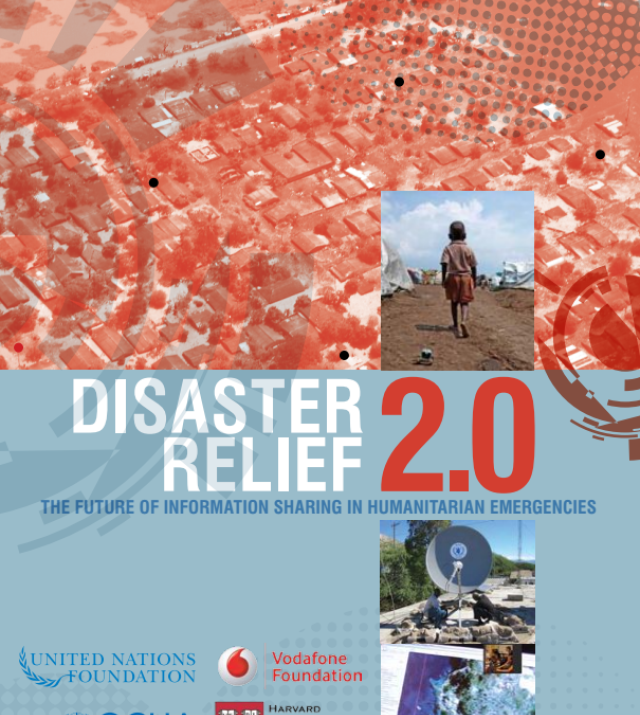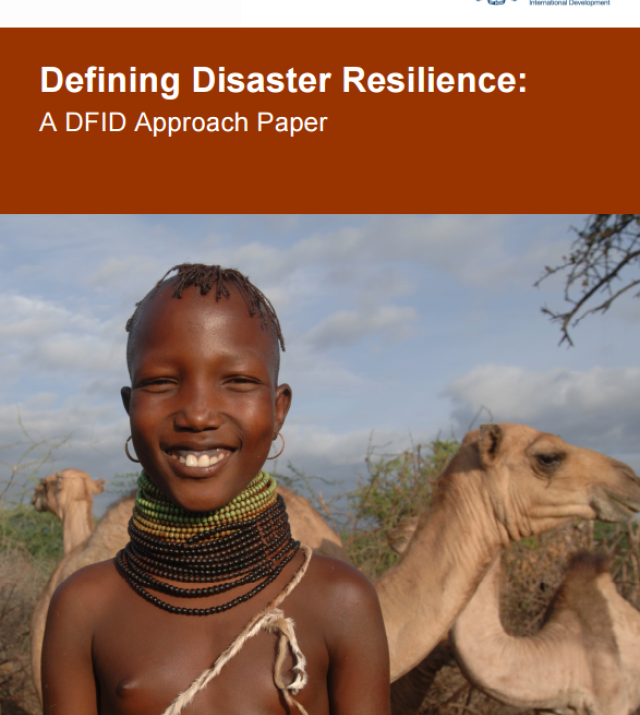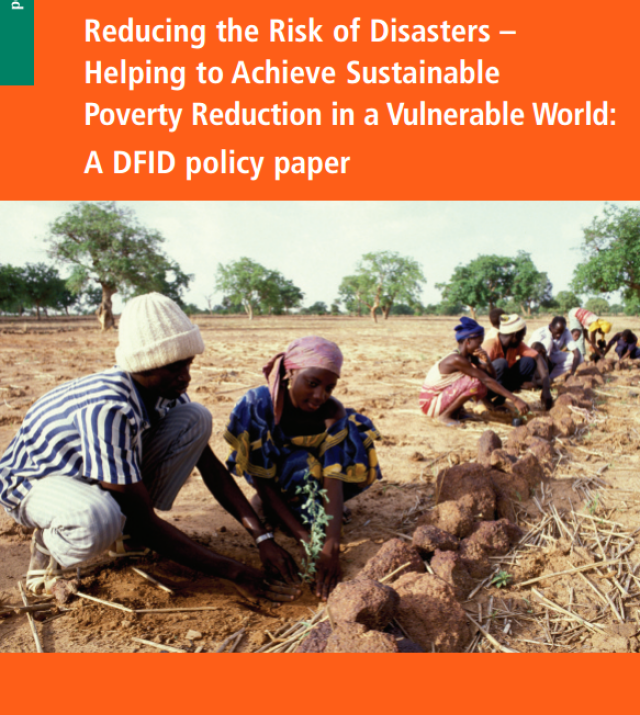
From Humanitarian Assistance to Feed the Future: Long-Term Resilience Building through Strengthened Linkages
Presenter: John Graham, Senior Policy and Strategic Analysis Advisor, USAID
John began this session with a retrospective look at the improvements in disaster response, preparedness, and risk management that have developed over the years in Ethiopia, including the early warning system, Productive Safety Net Program, and Livestock Emergency Guidelines. Food poverty has declined more than 20% over the past decade, progress has been made towards millennium development goals and the need for food aid overall is declining.
John talked about "three Ethiopias" which include: Productive Ethiopia (who are the larger landholders), Hungry Ethiopia (who suffer from an irregular climate and degraded soils) and Pastoral Ethiopia (who have larger climate-change impacts and grazing soils). Donor resources traditionally focus on "Hungry Ethiopia."
The session then focused on the future to explore the long-term plans in the United States Agency for International Development’s Feed the Future program, and how the Horn Drought recovery funds, working complementarily with Feed the Future, will link the next generation of long-term resilience building to limit the impact of future droughts. USAID/Ethiopia's new strategy will have three interlinking focus areas: 1) agricultural growth, 2) sustainable livelihoods for the chronically vulnerable and 3) policy development and learning. This will be an effort to create a link between growth in Productive Ethiopia and Hungry/Pastoral Ethiopia. Going forward, efforts will be made to learn from what worked and what didn't during previous crises. Additionally, a Joint Planning Cell involving Washington departments and regional Kenya and Ethiopia missions will be created providing further support for drought recovery and resilience through Feed the Future. Strategies will focus on linking humanitarian assistance to development assistance in order to increase resilience in the region.

